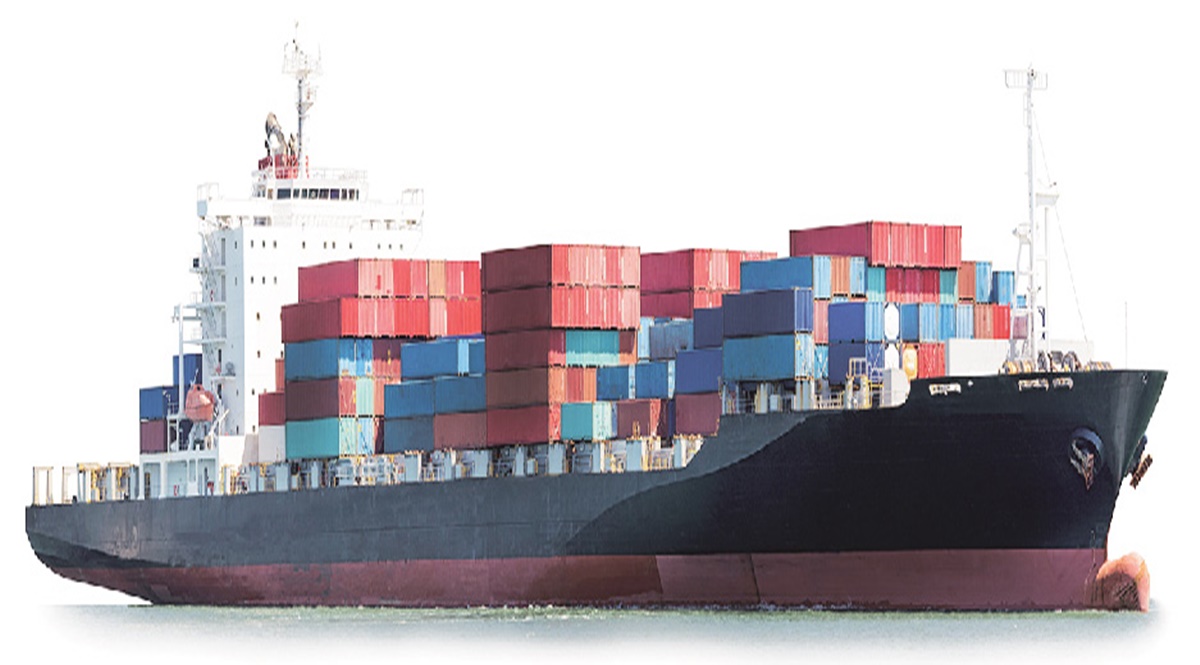18 Apr , 2022 By : monika singh

A brewing foreign exchange crisis in Nepal, on top of the worst economic turmoil in Sri Lanka since 1948, has added to the worries of Indian exporters, who apprehend a 20% drop in supplies to the neighbours in FY23 from a year before unless the situation improves soon.
Exporters that FE spoke to said the fall in shipments to Sri Lanka could be steeper, unless New Delhi extends a fresh line of credit, in addition to the assistance of $2.4 billion already provided since January, to bail out the island nation.
New Delhi’s major exports to Colombo include petroleum products, pharmaceuticals, steel, textiles (mainly fabric and yarn), food products and automobiles. Exports of many of these products to Sri Lanka are going to ease in FY23.
Similarly, given Nepal’s curbs on imports of luxury items and cars, auto and auto component supplies, which made up about 9% of New Delhi’s total exports to Kathmandu in FY22, are set to drop this fiscal. However, supplies of petroleum products, which accounted for a quarter of India’s total exports to the Himalayan nation in FY22, are not yet restricted.
Both Sri Lanka and Nepal have witnessed their fortunes slide after the pandemic battered their tourism sector, which has been the major revenue earner for them.
While any potential fall in India’s exports to these nations can be offset easily, given the limited trade value, they, nevertheless, add to an array of external headwinds for Indian exporters, most notably the massive supply-chain disruption in the wake of the Ukraine crisis. Moreover, the crises came at a time when India is seeking to build on its robust export performance in FY22.
An industrial resurgence in western nations, which drove up demand for Indian goods in FY22, has been hit by the geo-political tensions. Consequently, the World Trade Organisation has now slashed its global trade growth outlook for 2022 to 3% from 4.7% announced earlier.
The economic crisis has forced Sri Lankans to cut discretionary purchases, while Nepal has reportedly curbed “non-essential imports”. Together, these two countries imported merchandise worth $15 billion from India in FY22, up about 50% from the pandemic year of FY21. India was the largest exporter of goods to both Nepal and Sri Lanka in FY22.
Exporters said Nepal has imposed curbs on the opening of letter of credit (LC) for auto and jewellery imports. For a large number of products, if Nepalese importers want to open the LCs, they have to keep a 100?sh margin in their LC accounts; for the rest, they must have a 50% margin. However, some of the essential food items are included in the list of products where 100?sh margin is required.
“It’s not a desperate situation for Nepal but they are cautious probably because of what is happening in the neighbourhood (Sri Lanka) and taking action before it’s too late,” said Ajay Sahai, director general and chief executive at apex exporters’ body FIEO.
There is no denying the fact that there could be some temporary setbacks for India in the short term but there is a silver lining emerging on the horizon, said Sahai.
“Two factors that are positive for Sri Lanka and Nepal are that both are good destinations for tourism (which is on a revival mode) and many of their citizens are working abroad, who will raise remittances,” Sahai said.
A major farm exporter said, “Sri Lanka is in a bad shape now, so it is going to take it months, if not years, to be in a position to control the crisis. Our exports are definitely going to be affected.” Another exporter said: “Much depends on further assistance by India and Sri Lanka’s discussion with the IMF for a bailout package.”
Sri Lanka has been seeking an additional $2 billion line of credit to tide over the crisis. India has already provided line of credit worth $1.5 billion to it since January. These include $1 billion for imports of food, medicine and essential items and another $500 million for petroleum products. On top of these, India’s assistance also includes a $400 million RBI currency swap and a deferral of a $500 million loan repayment.
Nepal’s foreign exchange reserves have been declining almost steadily in recent months (from $11.75 billion in July 2021 to $9.75 billion in February), prompting authorities to clamp down on “non-essential imports”.
As for Sri Lanka, its GDP contracted by a record 3.6% in 2020 and its foreign exchange reserves crashed by 70% in the last two years to about $2.31 billion by February, leading to a sharp depreciation of its currency. Meanwhile, its debt has swelled to $51 billion.
0 Comment